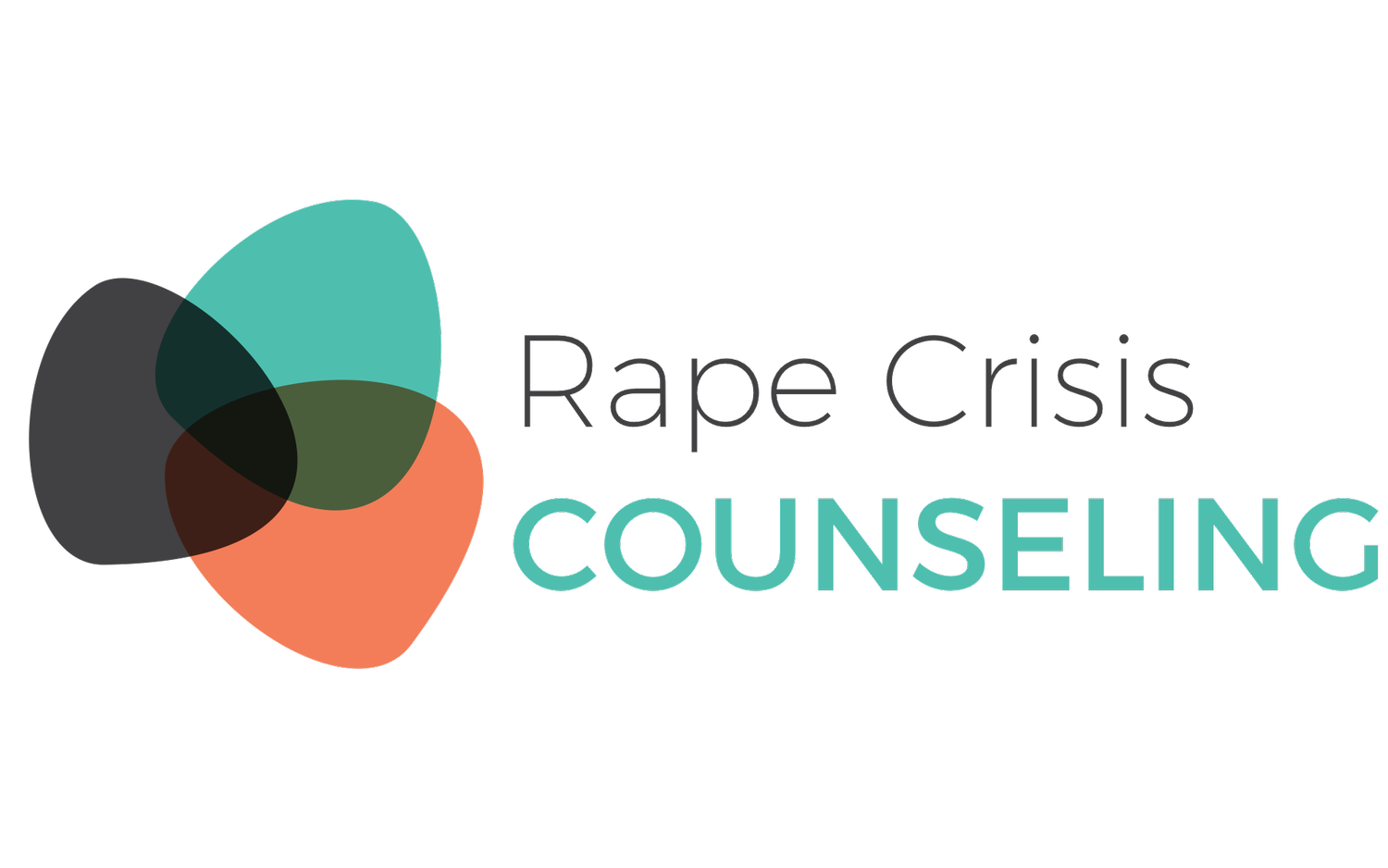4.4.2.13 Miscellaneous Evidence
If there is any other evidence such as blood, dried secretions, loose hairs, material fibers, environmental debris (e.g. vegetation, dirt, gravel, glass) or tampons, collect, dry and place them in a pre-labeled ‘Miscellaneous’ envelope.
Clearly label the envelope to describe from where the evidence was collected.
If the patient reports scratching the suspect, swab underneath the patient’s fingernails with swabs that have been moistened with sterile water.
Use one or two swabs per hand, depending upon the amount of visible debris. Use the entire surface of each cotton-tipped swab to maximize the amount of sample collected.
Place these swabs in a stable stand, and let them air-dry. Once dried, place the swabs in a pre-labeled ‘Miscellaneous’ envelope.
If swabs are collected from both hands, package the swabs collected from the left and right hands in separate, pre-labeled envelopes with clear indication of from where the evidence was collected.
If the patient reports any contact of bodily fluid, use swabs moistened with sterile water to collect samples from the patient’s body where contact was reported.
This includes areas where the patient reports being bitten or licked.
Use one or two swabs per body part on which the patient reports contact. Use the entire surface of each cotton-tipped swab to maximize the amount of sample collected.
An alternate light source or woods lamp may help to see body fluids.
Place these swabs in a stable stand, and let them air-dry. Once dried, place the swabs in a pre-labeled ‘Miscellaneous’ envelope, indicating from where the evidence was collected.
